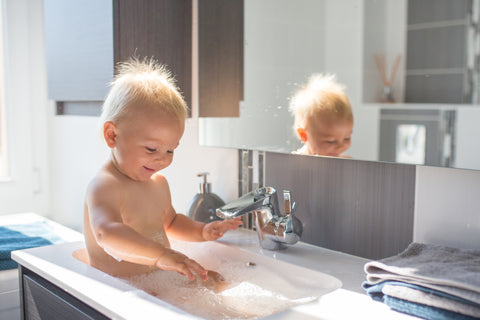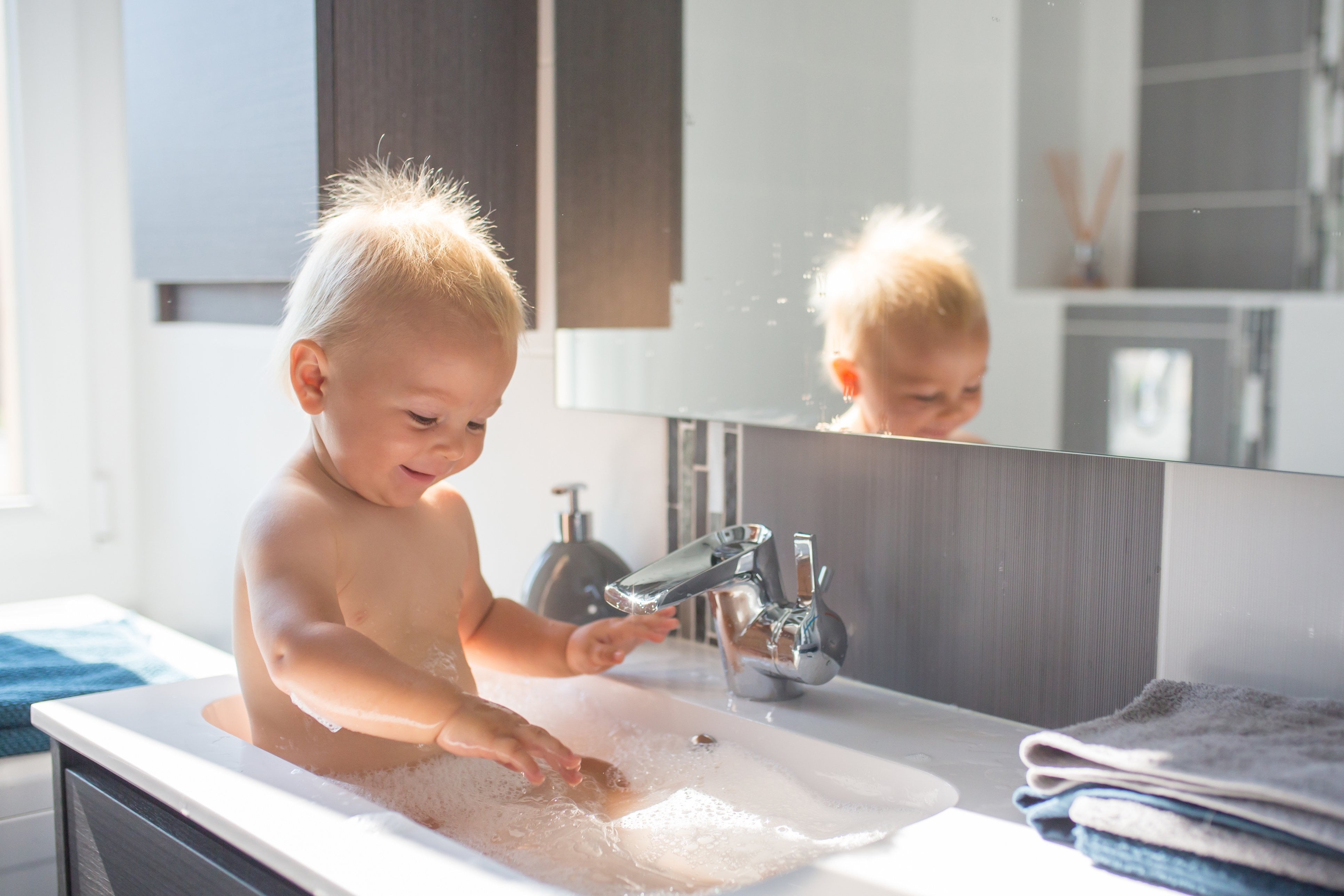
This article is not about the not only questionable, but often dangerous, water found in Third World countries, it’s about the water that is available throughout most of the United States. We have a good record of preventing many diseases that would otherwise be present in drinking water by using chlorination to kill bacteria and viruses. And, as well as this has worked at preventing some very serious illnesses, chlorination also carries a health burden of its own. In dense of chlorine, it is the only disinfectant, at this point, that is capable of lasting from the water plant to the tap – there are other disinfectants, but they are not durable and will allow pathogens present in the pipes to re-contaminate the water.
In addition to chlorination, the addition of fluoride to the water systems serving approximately 75% of Americans is also adding to this problem. Many of the health problems posed by chlorine and fluoride will not make themselves known for years, but a growing body of evidence is demonstrating that while curbing infectious disease, our water supply is also causing many other problems.
Why Chlorine Is Harmful
Chlorine will have an impact on the health of growing children not only from water they drink, but also the water they bathe in. Because of the child’s small size, the energy required for growth, and the high activity level of children more water will be consumed, proportionately, by children than by adults.
Some of chlorine’s effects on children can be made apparent quickly, such as asthma and skin rashes. Part of the problem arises because as soon as chlorine in water comes into contact with anything organic, such as bacteria or your child’s skin, it trans forms into what are called THMs, or trihalomethanes, one of which is chloroform. Chloramine is also a byproduct of this break down. Later term effects of exposure to chlorinated water can include:
- Cardiovascular disease including heart attack, high blood pressure, and strokes.
- Cancers of the bladder, kidney, and rectum.
- Irritation of the bronchial tubes and lungs.
- Compromise of the immune system.
The Problem with Fluoride
Fluoride has been put into drinking water for decades to ostensibly prevent the development of dental cavities. Great idea, except that not only does it not work, but fluoride is also a serious poison that can do great harm to children. Fluoride is the residue of manufacturing fertilizer and is so toxic that no one knew what the heck to do with it. Then, someone got the bright idea that putting it into drinking water systems could kill two birds with one stone – it would get rid of the stuff and it would make a tidy profit for the manufacturer.
The most innocent negative effect of fluoride is fluorosis, which is the discoloration or sometimes destruction of the teeth by the fluoride in the water. However, fluoride provides a number of other side effects that are not so benign:
- As fluoride interferes with neurological development, it has been found to lower IQs by up to 10 points.
- Fluoride can cause deterioration of the bones.
- When coupled with a lack of iodine in the diet, fluoride can contribute to mental retardation.
- It is now thought that fluoride can contribute to the development of cancer.
Taking the Matter into Your Own Hands
Although Europe has basically suspended the addition of fluoride to drinking water with no rise in dental caries, it’s obvious that there’s no need to fear that you will be dragging your children to the dentist for fillings. And the reason why chlorine will continue to be used is unanswerable at this point.
Because of the vested corporate interests, it’s unlikely that fluoride will be removed from water any time soon. However, you can take steps to limit the exposure of fluoride to your children as much as possible.
- Whole house filters, while very expensive, will remove all chlorine and fluoride as well as any breakdown chemicals that occur. All the household water, including bath and shower water, as well as drinking, will be pure and safe.
- Smaller purification units are also available and can be attached right to the tap.
- Make sure that you use a shower filter as this is probably the way most chlorine enters the body – as a vapor.


Share:
Shower Filters for Healthier Living
Drinking Water and Industrial Water Pollution